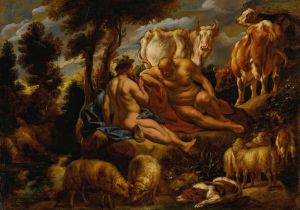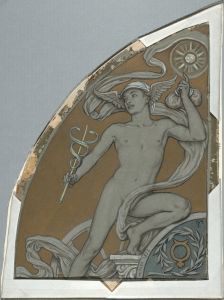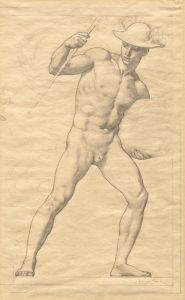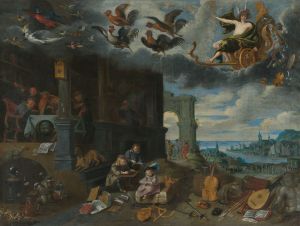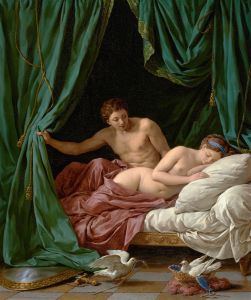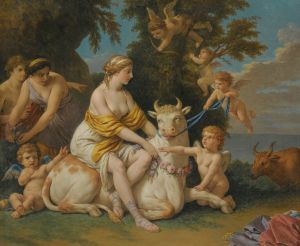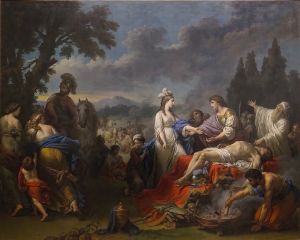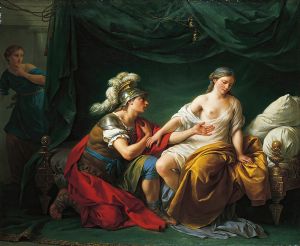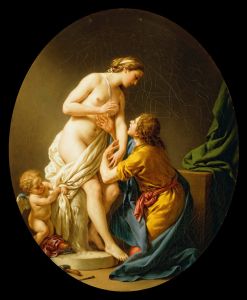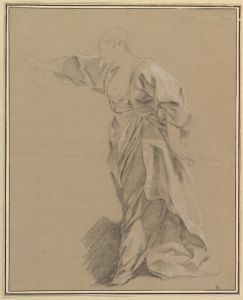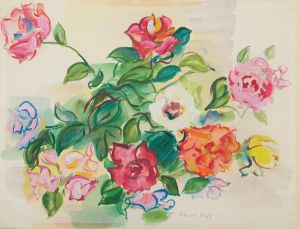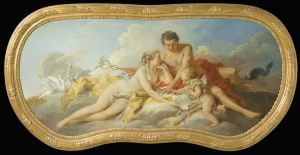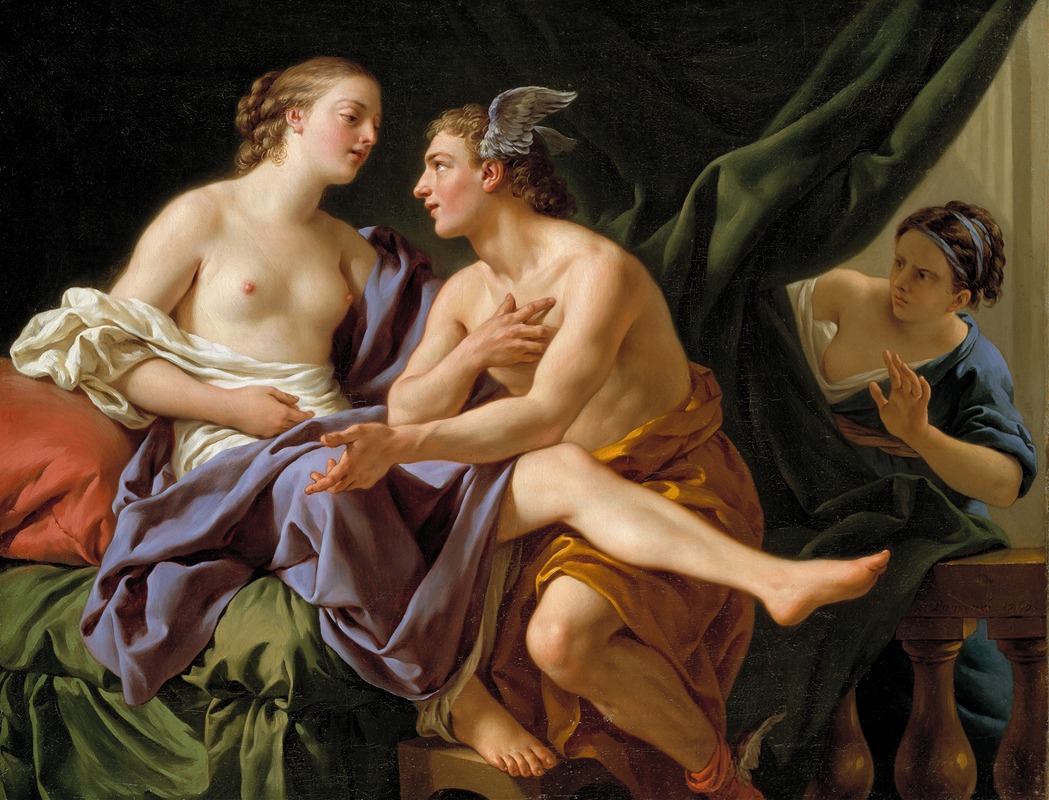
Mercury, Herse and Aglaura
A hand-painted replica of Louis-Jean-François Lagrenée’s masterpiece Mercury, Herse and Aglaura, meticulously crafted by professional artists to capture the true essence of the original. Each piece is created with museum-quality canvas and rare mineral pigments, carefully painted by experienced artists with delicate brushstrokes and rich, layered colors to perfectly recreate the texture of the original artwork. Unlike machine-printed reproductions, this hand-painted version brings the painting to life, infused with the artist’s emotions and skill in every stroke. Whether for personal collection or home decoration, it instantly elevates the artistic atmosphere of any space.
"Mercury, Herse and Aglaura" is a painting by the French artist Louis-Jean-François Lagrenée, who was an influential figure in the Rococo and Neoclassical art movements of the 18th century. Lagrenée was born on December 30, 1724, in Paris, and he studied under the prominent painter Carle Van Loo. He became known for his mythological and historical subjects, which were often characterized by their graceful compositions and refined execution.
The painting "Mercury, Herse and Aglaura" depicts a scene from Ovid's "Metamorphoses," a classical work of Roman literature that has inspired countless artists over the centuries. In this particular myth, Mercury, the Roman god of commerce, communication, and travelers, falls in love with Herse, a beautiful Athenian maiden. Herse's sister, Aglaura, plays a pivotal role in the story, as she initially assists Mercury in his pursuit but later becomes an obstacle due to her jealousy and greed.
Lagrenée's interpretation of this mythological episode is rendered with his characteristic elegance and attention to detail. The composition typically features Mercury, identifiable by his winged helmet and caduceus (a staff entwined with two serpents), approaching Herse with an air of divine grace. Herse is often depicted with a serene and receptive demeanor, highlighting her beauty and purity. Aglaura, on the other hand, may be shown with a more complex expression, reflecting her conflicting emotions and eventual betrayal.
The painting exemplifies Lagrenée's skill in capturing the delicate interplay of light and shadow, as well as his ability to convey the emotional nuances of his subjects. His use of soft, pastel colors and fluid brushstrokes creates a sense of harmony and balance, which is characteristic of the Rococo style. However, the influence of Neoclassicism is also evident in the painting's clear lines and structured composition, reflecting the artist's versatility and adaptability to different artistic trends.
Lagrenée's work was highly regarded during his lifetime, and he held several prestigious positions, including Director of the French Academy in Rome and Professor at the Royal Academy of Painting and Sculpture in Paris. His contributions to the art world were recognized with numerous accolades, and his paintings were sought after by collectors and patrons across Europe.
"Mercury, Herse and Aglaura" remains an important example of Lagrenée's oeuvre, showcasing his mastery of mythological themes and his ability to blend the decorative elegance of Rococo with the disciplined formality of Neoclassicism. The painting is a testament to the enduring appeal of classical mythology in art and the skill of an artist who could bring these ancient stories to life with grace and sophistication.





